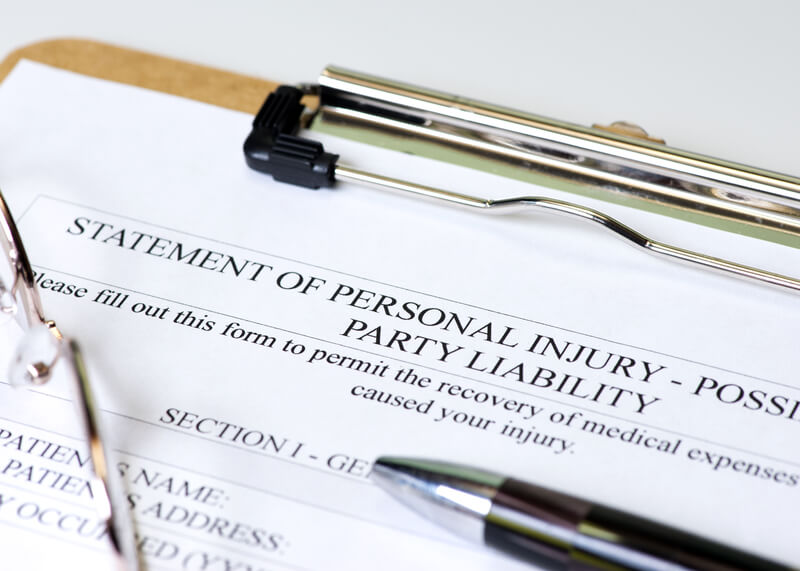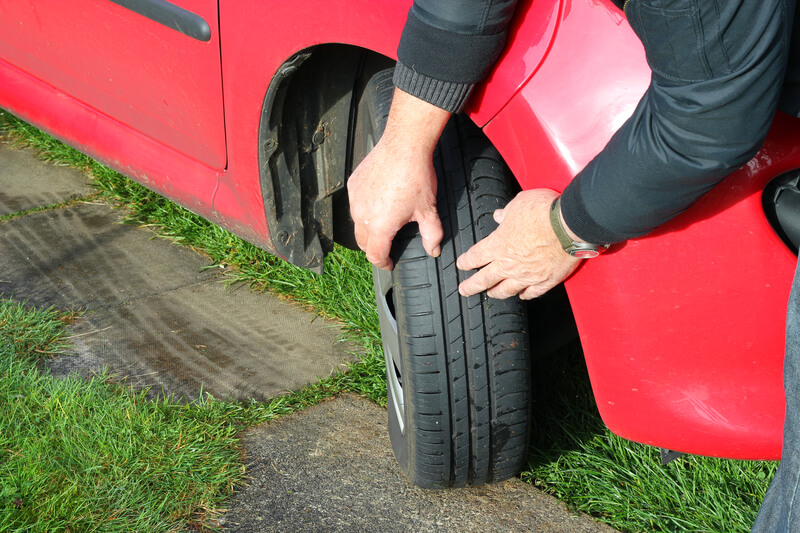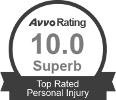Car Seat Installation Tips
Since 1975, the rate of motor vehicle crash deaths in kids younger than 13 has dropped steadily, partly due to better, safer car seats and child restraints. But there’s still much to be done. Car seats can be tricky to install correctly, and when you have an unhappy baby or preschooler on your hands, it can be challenging to make sure the child is safely positioned in the seat. Parents or caregivers sometimes also move their child to a forward-facing seat too early or skip booster seats.
Car seats perform different jobs depending on the child’s age and size: from cradling an infant who can’t yet hold her head up to slightly repositioning a fourth grader so the vehicle’s seat belt falls where it should. We want everyone to stay safe on Georgia’s roads, and one of the best ways to accomplish that is to make sure young passengers use the right type of safety restraint—every time they’re in a vehicle.
Because caregivers have different needs and questions, we’ll break this down into stages, focused on babies, toddlers and preschoolers, and kids in booster seats.
Choosing your first infant car seat
For families preparing for a new baby, nearly every purchase, from crib sheets to bottles, seems like it requires intense research. And while safe sleep and feeding are important issues, too, save some of that research focus for choosing your child’s car seat—one that performs well and suits your vehicle.
New babies can use either:
- Infant car seats, which are designed specifically for infants, are portable and sometimes connect to stroller systems, or
- Convertible car seats with a five-point harness, used in the rear-facing position (if the baby meets minimum weight requirements)
For many folks, the infant seat is more convenient for the new baby stage, since it’s specifically designed to support a very small person and can be unclipped from the car seat base. When choosing an infant seat, you’ll want to consider:
- The seat’s ratings and performance (sites like Consumer Reports regularly review car seats)
- The seat’s depth: Will it fit in your backseat without hitting the front seats? Review your vehicle owner’s manual for specific details.
- The seat’s width: Will the seat allow for other backseat passengers or other child safety seats?
While safety is the priority, you might also want to consider how the seat attaches to stroller frames, its weight and its washability.
If you have friends or family who are passing on a recently used infant seat, it’s OK to accept. Just be sure that the car seat is not expired, it has not been recalled and it has not been involved in a crash.
Bringing home baby: installing an infant seat
Once you’ve purchased a seat or gotten a safe seat from a trusted friend or family member, it’s time to get it set up in your vehicle. Infant car seats have two parts: the seat base and the seat itself. The base will stay in your vehicle even when you unclip the seat.
You’ll need to be sure you understand:
- How to install the base
- How to attach and detach the seat
- How to secure the baby and adjust the straps
With young babies, the car seat seating position needs to be correct—usually around 45 degrees for a newborn—as infants can’t yet support their own heads and can easily tilt forward, limiting their airflow. Many infant and convertible seats will include an indicator level, which you’ll want to check when parked on a flat surface.
New babies seem incredibly small in even an infant seat, but remember that the harness needs to be snug, with the chest clip centered on the chest, not low on the stomach. Don’t add positioners or inserts that aren’t a part of your car seat manufacturer’s system.
Sometime around the baby’s first birthday, it will be time to move on to a rear-facing convertible seat. Check your seat’s height and weight requirements so you’re ready for the move.
Car beds for medically fragile infants
If your baby is premature or has a medical condition, the children’s hospital will likely want to perform a car seat test before you head home. You’ll be able to bring in your own infant seat, and your baby’s caregivers will monitor vital functions for at least an hour and a half. Medically fragile children may require a car bed until they’re safe to ride in an infant seat.
Rear-facing seats: How long should you use them?
Most babies can start out in infant seats or rear-facing convertible car seats, but no matter which way you go, you’ll want to keep your child rear facing as long as it’s safe to do so, as recommended by the American Academy of Pediatrics (AAP).
Because the spines of young children are still developing, the impact of a crash can cause tremendous damage. Only switch the seat to forward facing when your child has reached the height and weight limits on your car seat model—usually between ages 2 and 3.
When installing a rear-facing car seat, be sure to securely attach the base to your vehicle, usually with the LATCH system. Cars made in 2000 or later are federally mandated to have LATCH tethers—both lower anchors and top tether anchors (more on those later). Car seats’ hooks will easily clip onto LATCH anchors. Some vehicles have prominent LATCH connection points, while others will require some careful maneuvering between seat cushions.
Once you’ve secured the seat, it shouldn’t move more than an inch forward or backward or side-to-side. Unlike your infant seat, the back height is adjustable in a convertible seat. Be sure there’s at least an inch of space above your child’s head as he or she grows.
When securing your child, check to make sure:
- The straps are just above the shoulders and are not twisted.
- The chest clip lines up with the armpits.
- The straps are secure—Strong4Life recommends being able to fit two fingers underneath.
As your child grows, he or she might look a little bunched up in the rear-facing position. But as long as your child hasn’t outgrown the seat height or weight recommendations, that’s OK. According to Strong4Life, it’s still safe for children to ride with their legs crossed or knees bent.
Forward-facing seats: remembering the rear-tether
Once your child has outgrown the rear-facing limits of your seat, it’s time to reposition. While you’ll still look to minimize movement side-to-side or front-to-back to less than an inch, there will be two important changes to how you install the seat:
- You’ll likely need to flip or otherwise adjust the base of the seat to account for the angle change from rear facing.
- You’ll need to attach the back tether to a LATCH point behind your back seat.
In some vehicles, this third LATCH point will be obvious, but in others, you may need to pull out the owner’s manual. Some car manufacturers disguise the connection behind upholstery.
The AAP recommends keeping your child in a forward-facing seat with a harness until he or she reaches the weight or height limit listed on the manufacturer’s instructions. After that, it’s time for the next type of car seat: the booster seat.
When is it time for a booster seat?
When your child has outgrown his or her forward-facing seat with a harness, it’s time for a booster seat. According to Safe Kids Georgia, which provides plenty of resources for drivers on how to check their seat’s safety, kids are 59 percent less likely to be injured in a car crash when using a booster seat instead of just a seat belt. Your child will probably need to be at least 4’9’’ before moving to a regular shoulder belt that crosses your child’s shoulders.
Once again, though, you have options when choosing a seat, as boosters come in high-back or backless varieties. High-back booster seats have the advantage of offering side protection in a crash, just like a forward-facing convertible car seat. They also keep young kids properly positioned in their seatbelt even if they drift off and nap in the car. Most high-backed booster seats will transition to a backless booster seat as your child grows.
Booster seats either click into your LATCH system or simply sit on the seat, unattached. Booster seats are considerably less expensive than infant or convertible car seats, so it’s easy to be prepared with extras for grandparents or other adults who might sometimes drive your child. It’s even helpful to keep an extra booster on hand for carpool friends, ensuring that any child riding in your vehicle has a safe seat.
Once your child outgrows the booster seat, the AAP still recommends kids under 13 ride in the back seat of the vehicle.
How to get a car seat check
A car seat inspection can be a great way to take some of the pressure off while making sure your seat is installed correctly. You can visit Georgia Highway Safety for a list of car seat safety inspection stations in your county.
In DeKalb County, for example, checks are available at multiple police and fire stations, some by appointment and others during regular hours. The DeKalb County Board of Health offers checks in Spanish as well. Your county will likely have several options that are close by and convenient to schedule.
At a car seat check, a technician will be able to:
- See if your seat is properly installed
- Check for damage or recalls
- Ensure the seat is the right size and position for your child
- Teach you how to secure the child properly
According to data collected from car seat technicians, nearly 63 percent of car seats checked have not been installed correctly. A car seat can save your child’s life in the event of a crash. It’s always worth taking a few minutes to make sure your seat is installed correctly, isn’t expired or under recall, and is the right type for your child’s size.
What should I do with a car seat that’s been in a crash?
According to the National Highway Traffic Safety Administration (NHTSA), you should replace a car seat that’s been in a moderate or severe crash. The organization limits its definition of a minor crash to one where:
- The vehicle could be driven away from the crash.
- The door nearest the car seat wasn’t damaged.
- No passengers were injured in the crash.
- Airbags didn’t deploy in the crash.
- There was no visible damage to the car seat.
Even if the crash qualifies as “minor,” however, you’ll still want to check the car seat manufacturer’s guidelines. Some might recommend discontinuing use after any crash. If you have to discard your seat, let your insurer know and keep documentation of what type of seat you owned.
Avoid placing the damaged seat on the curb, where someone might pick it up assuming it’s safe to use. Instead, consider taking damaged or expired seats to a recycling program. Target hosts a recycling event twice a year where you can trade in seats for a 20 percent off coupon for new car seats, boosters or other gear. Walmart has a similar program with incentives.
Do you need a personal injury attorney?
If you or your child has been injured in a crash, you need a personal injury attorney with experience handling complex cases and pediatric injuries. Contact the accident attorneys at Litner + Deganian for a free consultation at our office.












